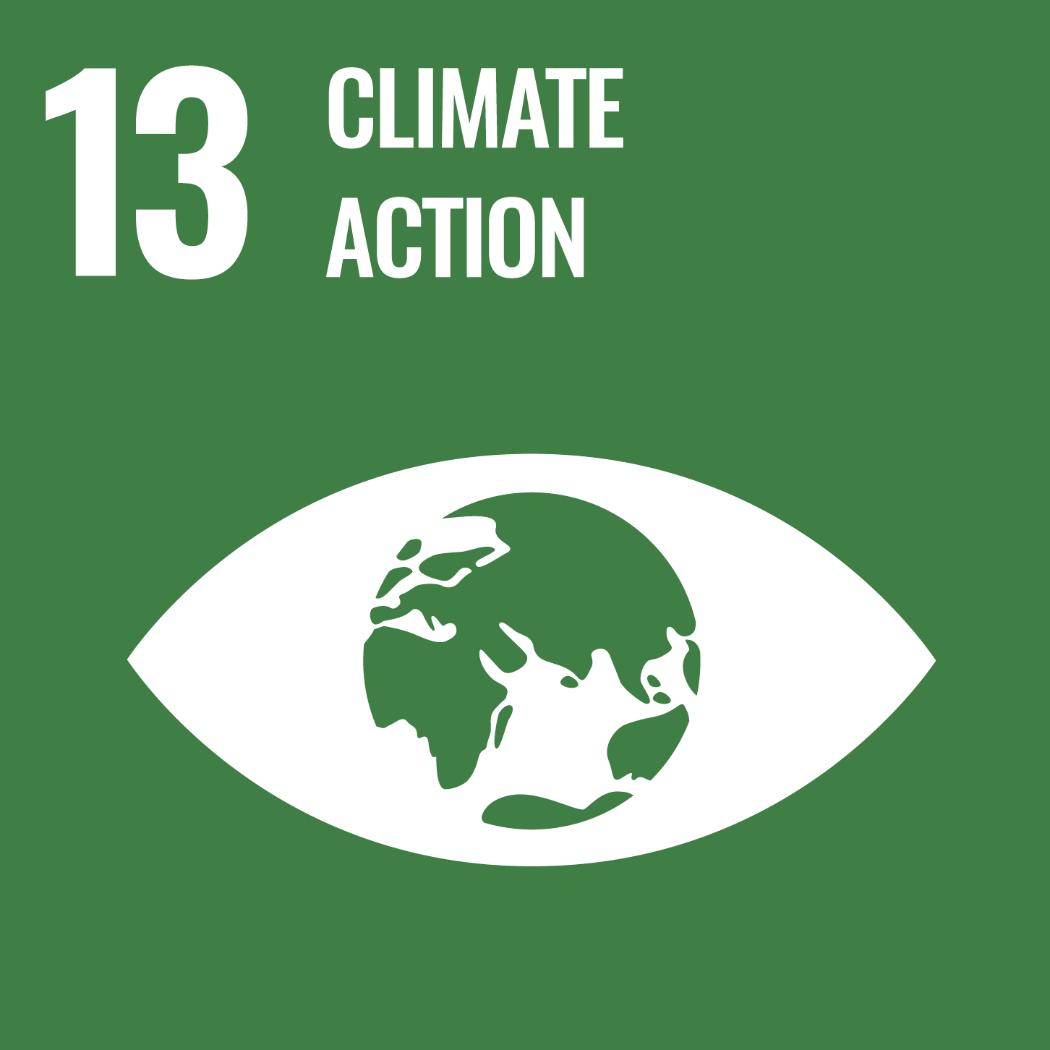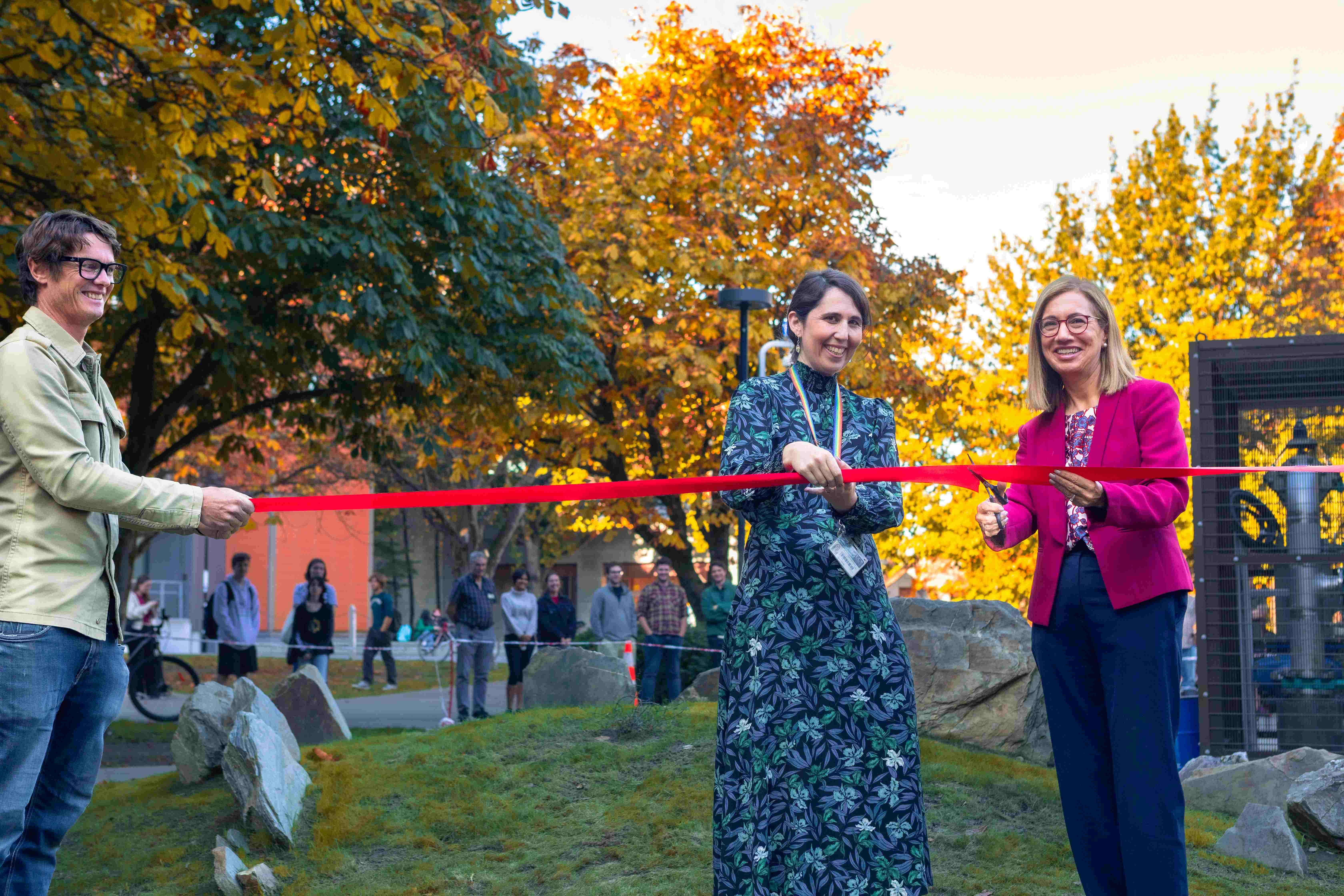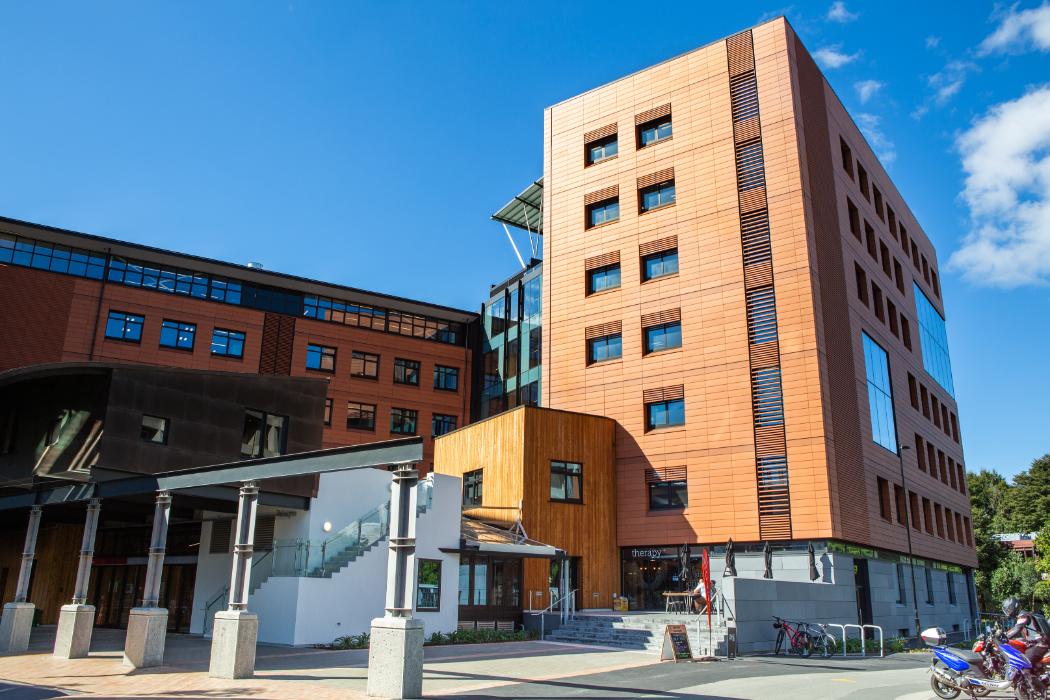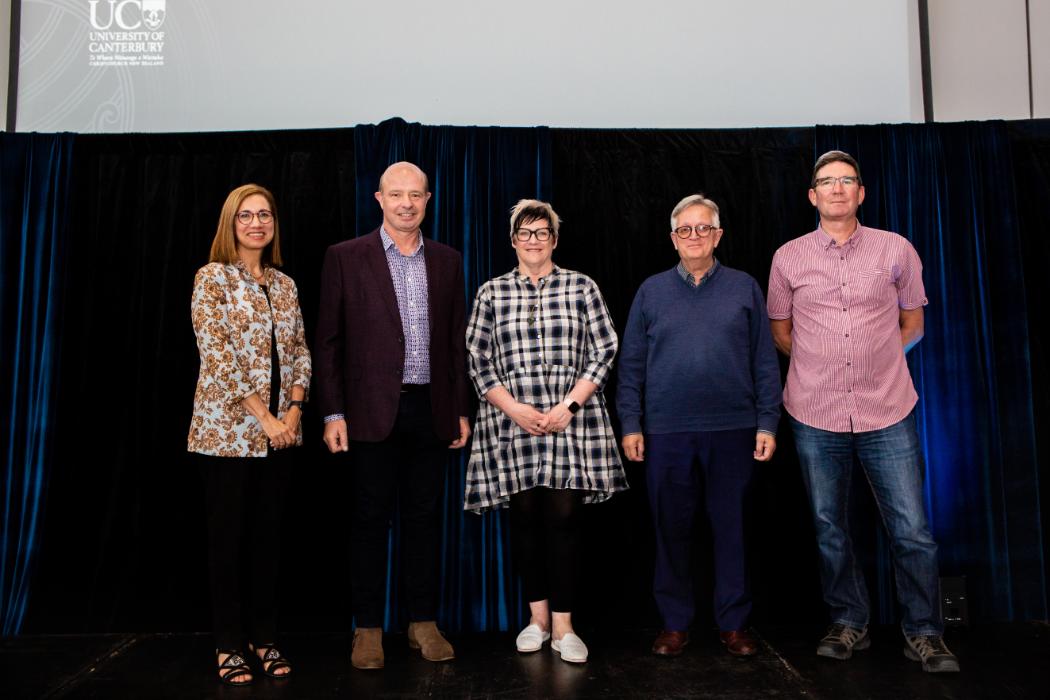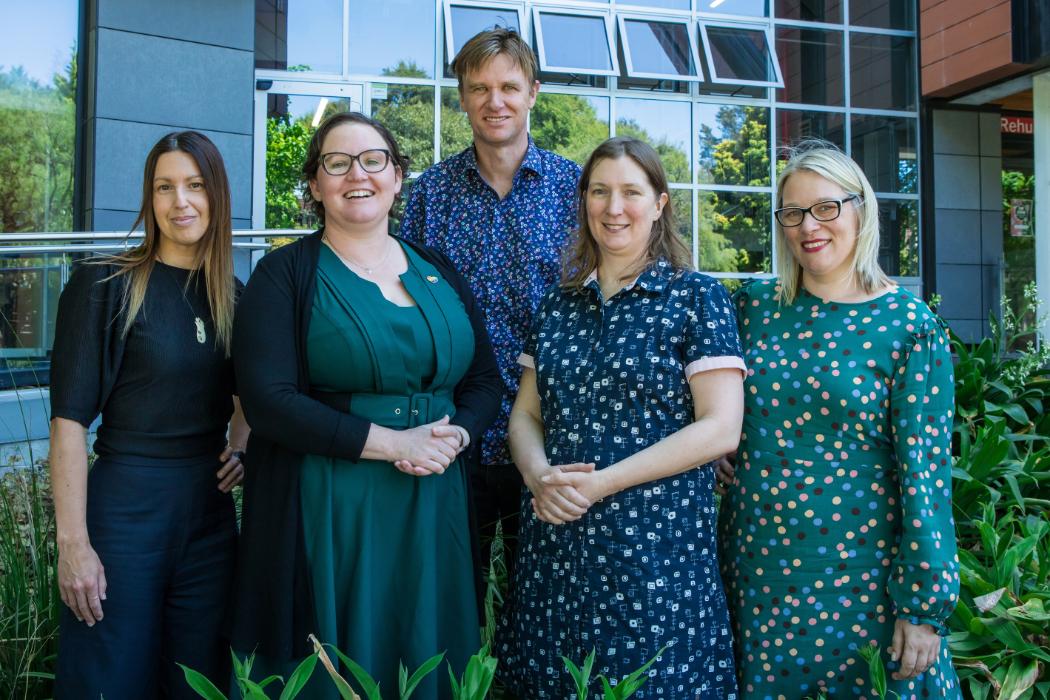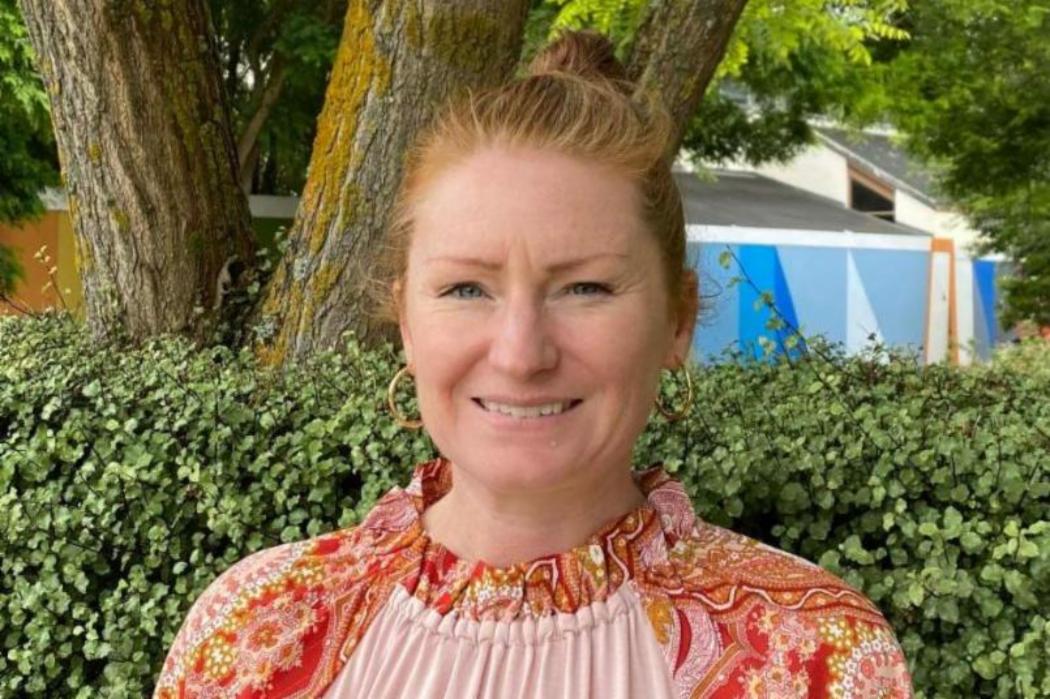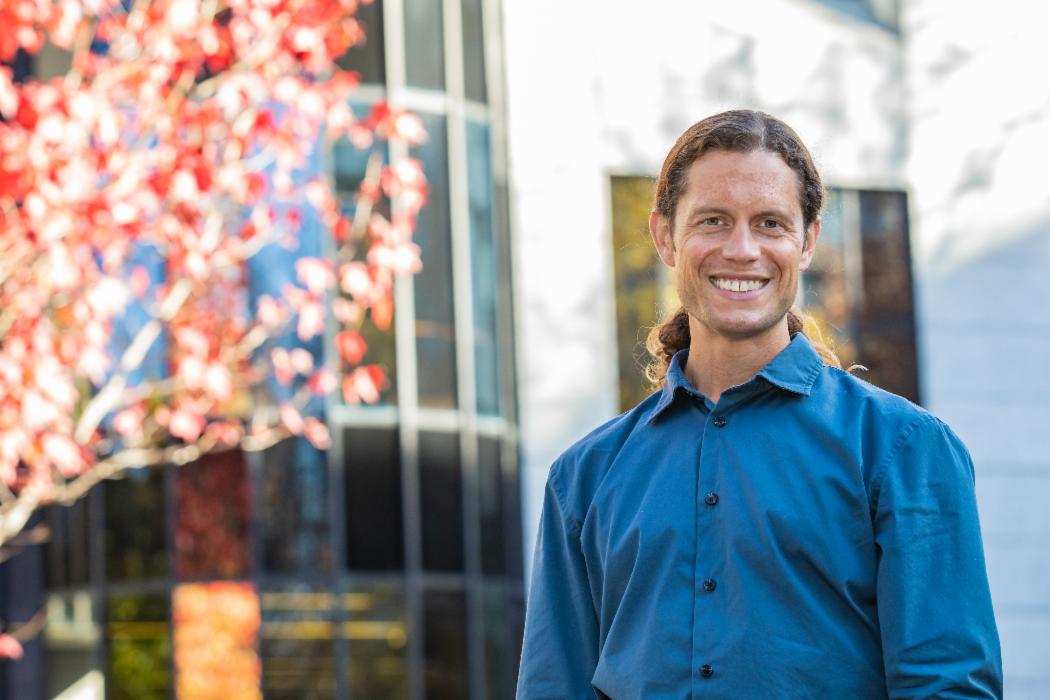Dr Tausa documented physical and social challenges, such as food security and cultural impacts. “The elderly and fishermen said fish were once abundant and they could go and gather shellfish as well, but now there is hardly anything due to ocean warming. Even in the plantations, it’s now really hard to grow things because there is just no rain, whereas before, the crops were abundant,” Dr Tausa said.
People have adapted by planting crops further inland, but some must walk for several hours to work the land. Many families have moved inland; more have left the coast since Dr Tausa moved from her village to Aotearoa New Zealand 16 years ago.
“When we left there were five families living in the village where we lived, now one family remains and they are also planning to leave and follow the others inland. They move from meeting houses they belong to, and this can involve a loss of heritage.”
There were other changes – the reduction in crops corresponding to an increase in unhealthy processed food consumption, higher temperatures making it difficult to work outdoors after 9am, villages shrinking due to erosion from the sea, and increased sea spray necessitating replacing iron roofs every year or every six months, rather than every five years. Every impact has consequences. For example, to buy processed food, people need to earn more money.
“A lot of people were preparing to come to New Zealand as seasonal workers, so they can contribute to their family. Some of their land is not productive so the only way for some is to work overseas so their families can buy goods.”
There is a lack of data, however Dr Tausa says the people “know their land, when it’s not productive and when it is”. More research will help Pacific nations to represent themselves at international forums, such as COP27. Dr Tausa had intended to attend, however the logistics proved difficult to overcome.
Pacific countries also demonstrate resilience, often based on a return to indigenous knowledge. For example, there is renewed appreciation for the way traditional houses stand in a cyclone, while brick houses generally do not. “The roof might come off a traditional house, but that can be replaced in a few days. Otherwise, the wind blows through.
“The older generation hold the knowledge. The people don’t need workshops about climate change - emissions and sea level rise - they need workshops sharing traditional skills that will help them adapt to climate change before those skills are lost.”
The research project will produce an assessment report, with 70 contributing experts, policy and research briefs for the region, a Pacific-wide data base in climate change impacts, and an interactive map that shows where people are moving to.
Ultimately the project will help Pacific Islanders find solutions. “We want to harmonise indigenous knowledge with scientific knowledge in a way that is practical and effective for the people of this vulnerable region.”
The Paris Agreement commits countries to keep global warming to 1.5degrees celsius by 2100 by reducing greenhouse gas emissions, however scientists say the current trajectory is between 2 and 4 degrees. Every increment of warming above 1.5 degrees will prove challenging in terms of heatwaves, rising sea levels, and the irreversible loss of plant and animal species.


